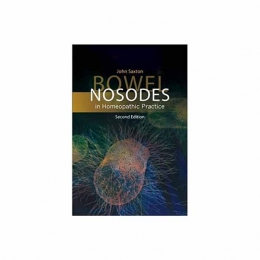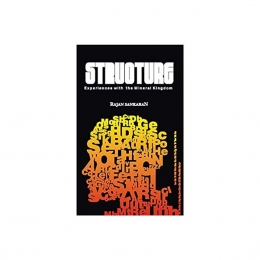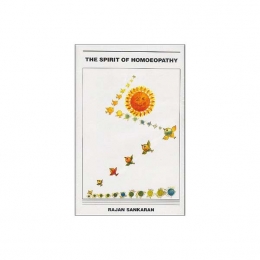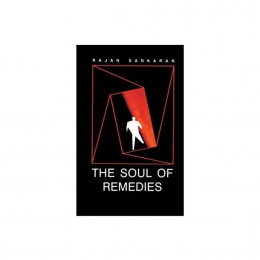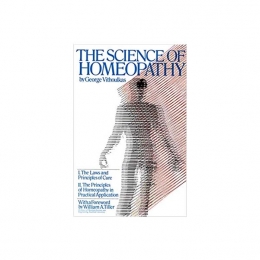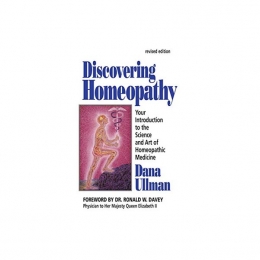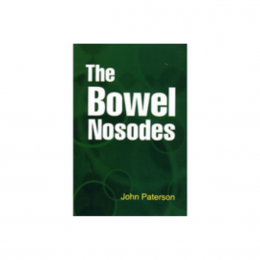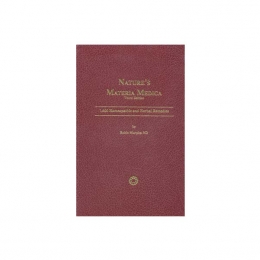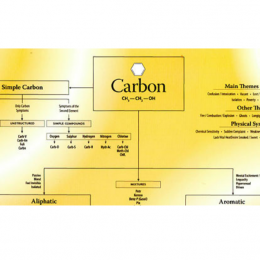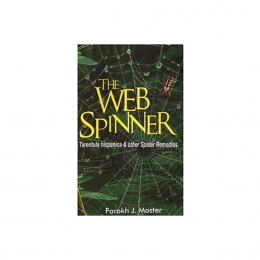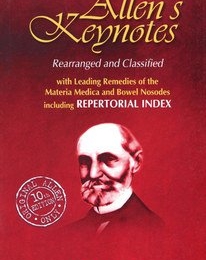Bowel Nosodes in Homeopathic Practice 2nd ed - John Saxton
The group of eleven remedies known as the Bowel Nosodes are unique in both their derivation and the opportunities that they offer. Although they have some indications in acute homeopathic prescribing, because of the connection and resonance that they have with the miasmatic forces that are active in the body, they are particularly useful in the treatment of chronic disease. The origin of these remedies lies in human medicine, and there are still major indications in that field.
In this book the development of these important remedies is traced and the concept behind them is explained and discussed within the context of modern homeopathic thought. The general uses of the group in the clinical situation are outlined and the materia medica of the individual bowel nosodes is discussed. The methodology is illustrated with case histories from both the human and animal worlds, demonstrating the common guidelines for the bowel nosodes’ use that are applicable to all species.
John Saxton qualified from the Royal Veterinary College in 1964, obtaining his Membership of the Faculty of Homeopathy in 1988, and his Fellowship in 1996. After nearly forty years in general practice he now runs a homeopathic referral practice as well as writing, teaching and examining in homeopathy. He lectures nationally and internationally to doctors, veterinary surgeons and nurses, both independently and as part of the Homeopathic Professionals Teaching Group. John is a teacher and examiner for the Faculty of Homeopathy and the International Association for Veterinary Homeopathy. He has authored Miasms as Practical Tool and co-authored the Textbook of Veterinary Homeopathy.
185 pages, paperback

